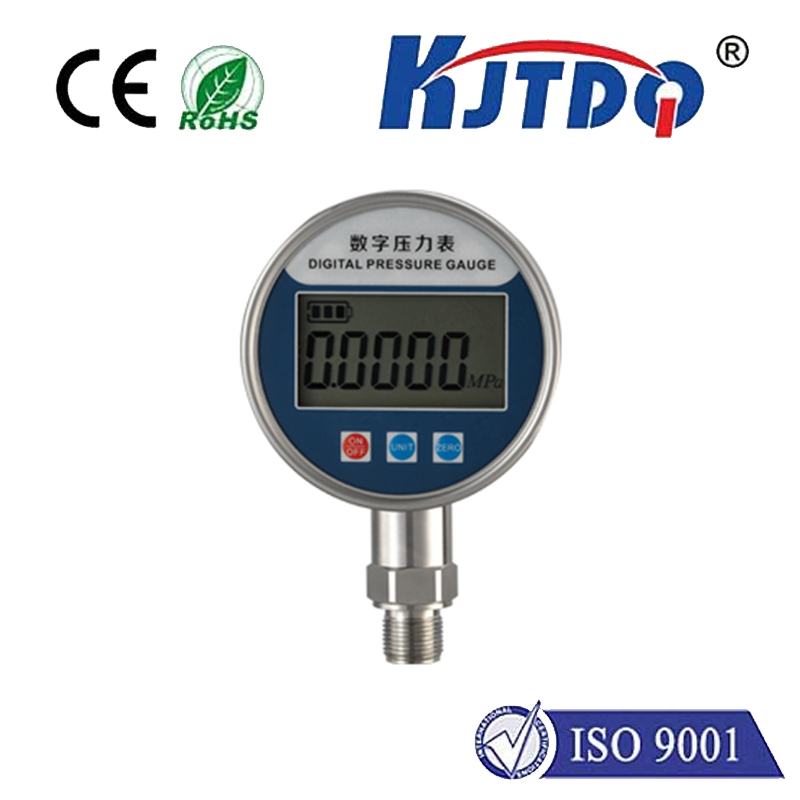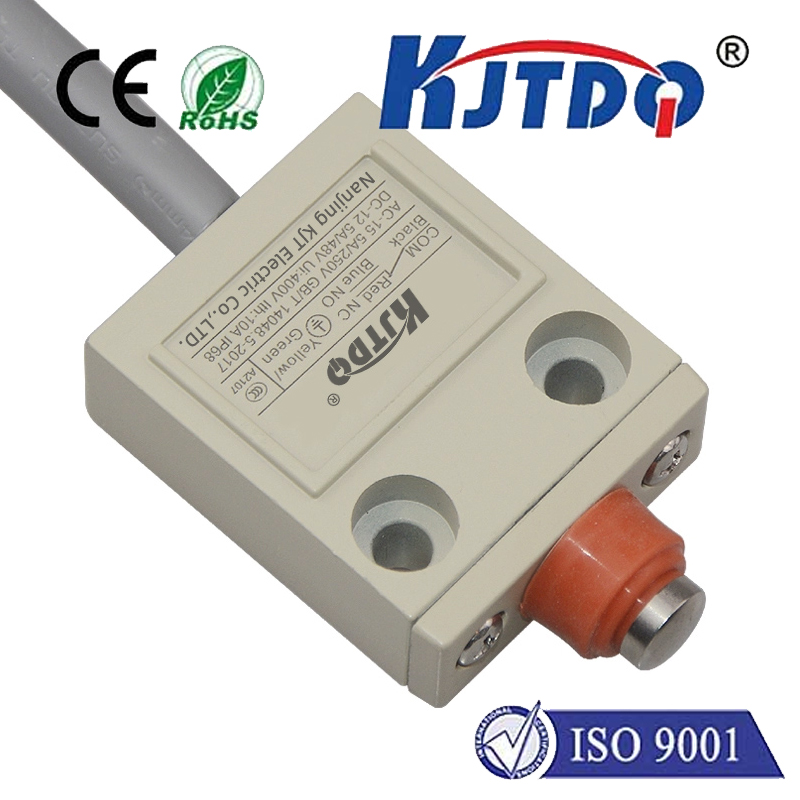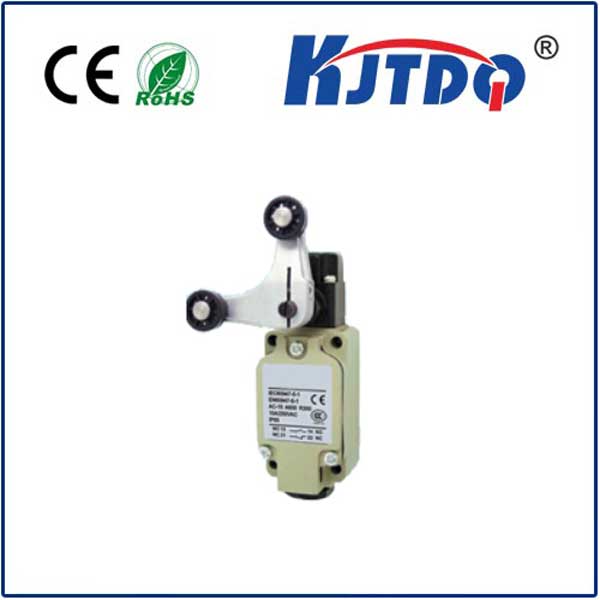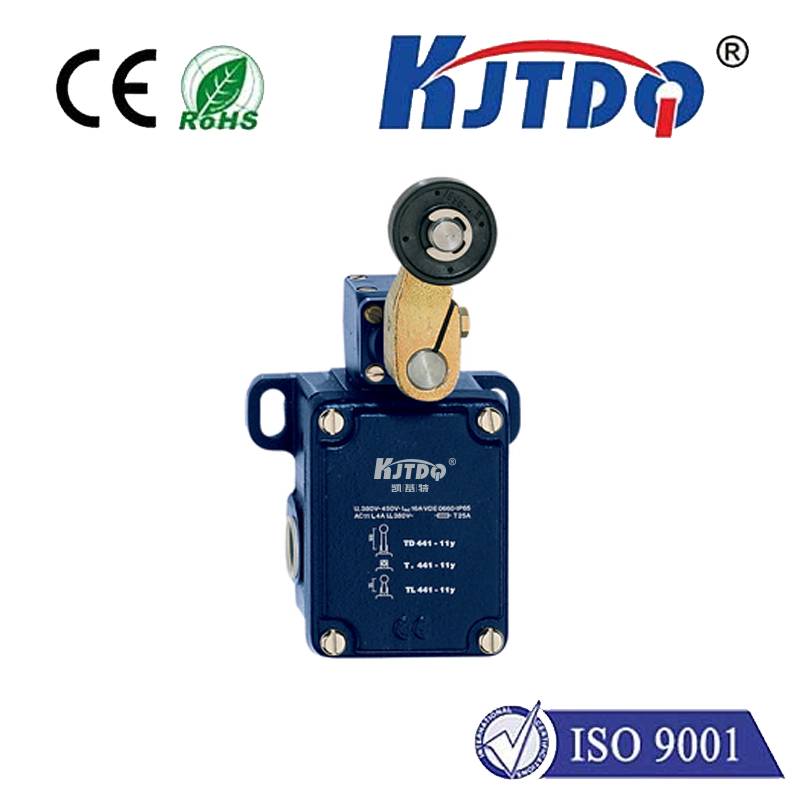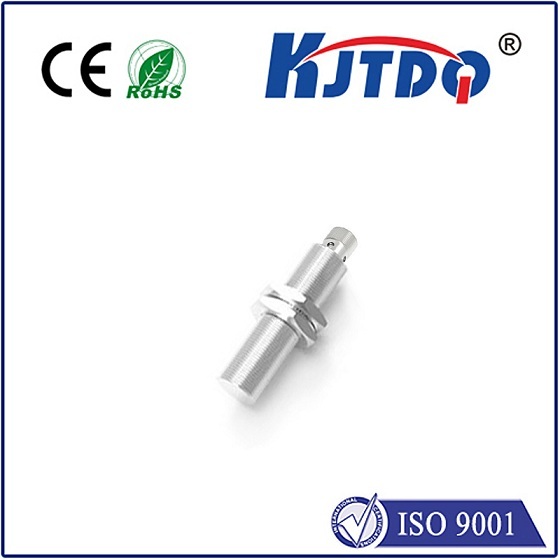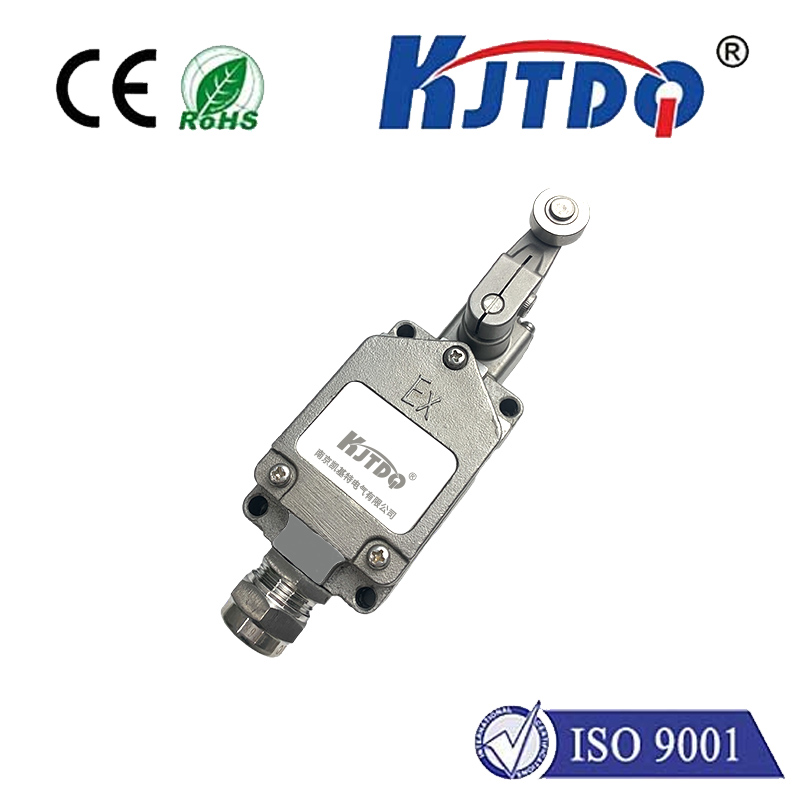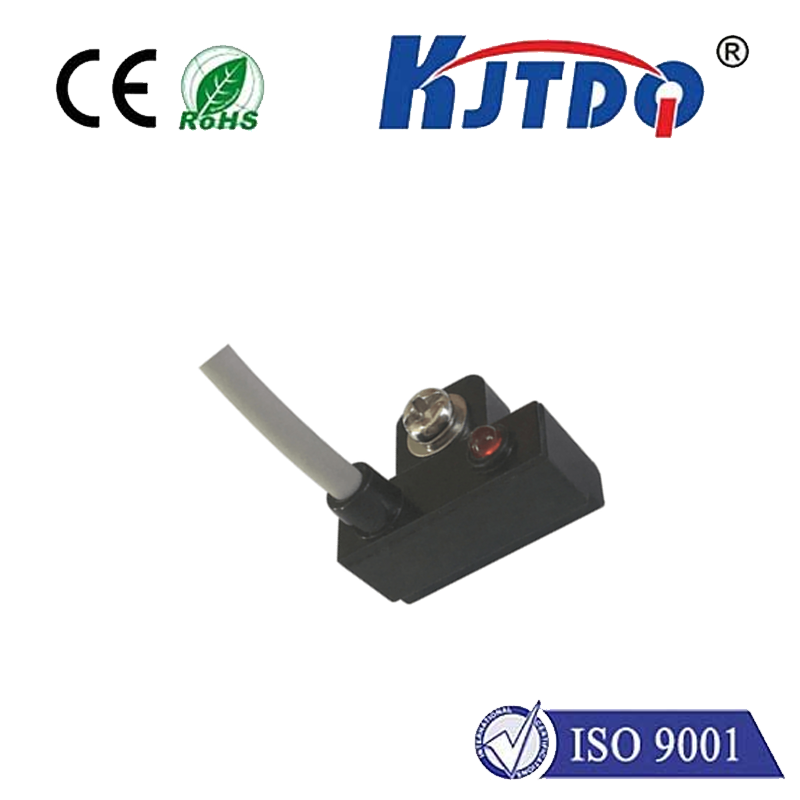

check

check

check

check

check

check

check

check

check

check
The Importance of Maximum Switching Current in Electrical Circuits
In the world of electrical engineering, the term "maximum switching current" is a crucial one that cannot be overlooked. It refers to the maximum current that can flow through a switch when it is turned on or off. This parameter is essential for ensuring the safe and reliable operation of electrical circuits. In this article, we will explore the significance of maximum switching current and its impact on circuit design.
Firstly, let us understand why maximum switching current is important. When a switch is turned on or off, it experiences a sudden change in voltage and current. This can cause a momentary surge in current that can damage the switch and other components in the circuit. By specifying the maximum switching current, engineers can ensure that the switch is capable of handling the expected current levels without any issues. This helps to prevent failures and extends the lifespan of the switch.

Secondly, maximum switching current plays a critical role in circuit design. Engineers need to consider this parameter when selecting switches for their circuits. They must choose switches that are rated for the maximum switching current required by their application. If a switch is not rated for the required maximum switching current, it may fail prematurely or even cause a catastrophic failure of the entire circuit. Therefore, selecting the right switch with the appropriate maximum switching current rating is crucial for ensuring the reliability and safety of electrical systems.
Moreover, maximum switching current also affects the performance of electrical circuits. When a switch is turned on or off, there is always some amount of energy loss due to resistance and other factors. This energy loss can cause heating and reduce the efficiency of the circuit. By specifying a maximum switching current, engineers can minimize these losses and improve the overall performance of their circuits. Additionally, controlling the maximum switching current can help to reduce electromagnetic interference (EMI) and noise in the circuit, which is particularly important in sensitive applications such as medical devices and communication systems.
Furthermore, maximum switching current has implications for power management in electrical circuits. In many applications, switches are used to control the flow of power to various components. By specifying a maximum switching current, engineers can ensure that each component receives the correct amount of power without overloading or damaging it. This is especially important in high-power applications where excessive current can cause fires or other safety hazards.
Lastly, maximum switching current is an essential consideration for compliance with industry standards and regulations. Many industries have specific requirements regarding the maximum switching current allowed in their equipment. For example, telecommunications equipment must meet certain standards related to EMI and noise levels. By specifying a maximum switching current, engineers can ensure that their designs comply with these standards and avoid potential legal issues or financial penalties.
In conclusion, maximum switching current is a fundamental parameter in electrical engineering that cannot be overlooked. It affects the reliability, safety, performance, power management, and compliance of electrical circuits. Engineers must carefully consider this parameter when designing their circuits and selecting components to ensure that their equipment operates safely and efficiently. By paying attention to maximum switching current, we can create more robust and reliable electrical systems that serve our needs while minimizing risks and costs.
